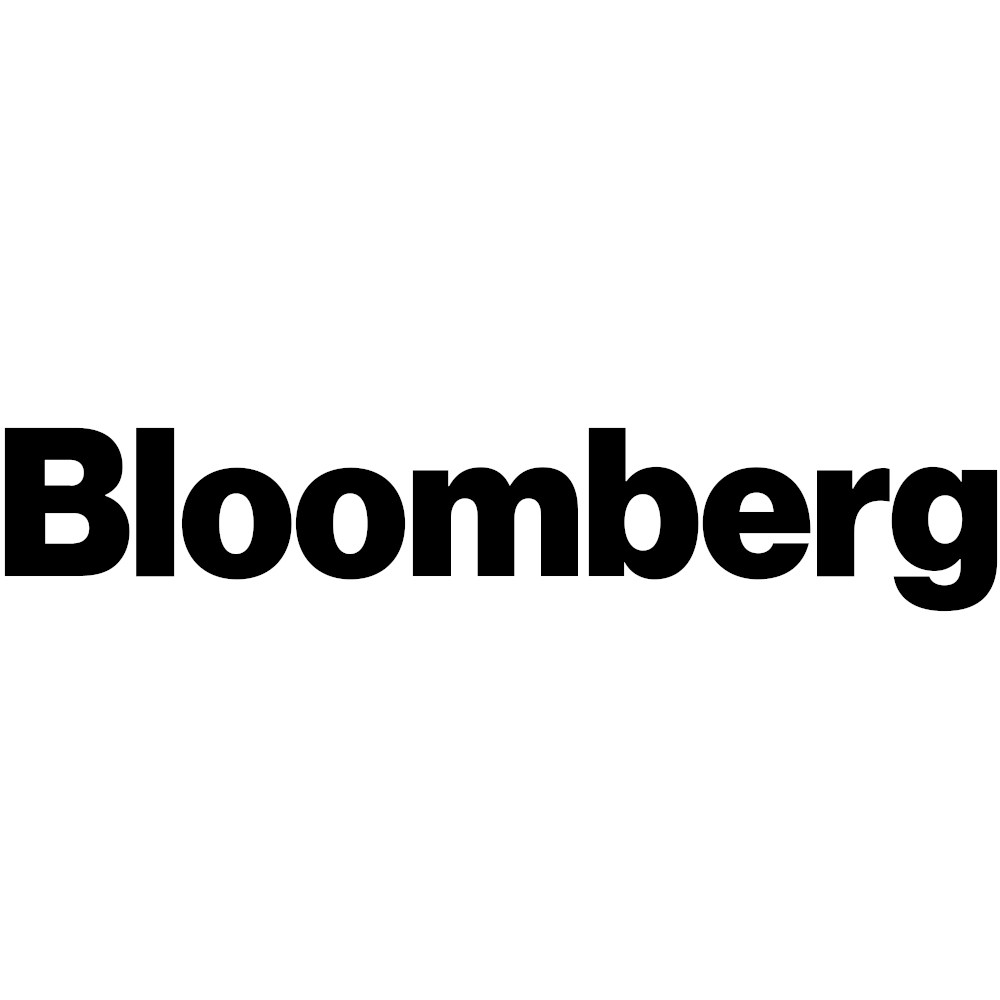Embattled Treasury Bulls Look to Fed to Spur Long-Sought Rally

By: Michael Mackenzie
(Bloomberg)–A bond market that wants to rally is anxiously waiting in the wings for the Federal Reserve to give it the green light next week as a robust economy keeps upending bullish positions.
Treasuries have surged in recent weeks, sending yields on policy-sensitive two-year notes down nearly 30 basis points from this year’s peak of 5.12% reached on July 6, as signs of slowing inflation boost bets policymakers are nearing the end of their most aggressive hiking cycle in decades.
Now, with a quarter-point hike baked into the July 26 decision, the swaps market is pricing only a one-in-three chance of an increase later this year — down from more than 50% odds earlier this month. Meanwhile, fund managers are extending their exposure to longer-dated Treasuries, as they anticipate the central bank will stay on hold — and ease next year — after hiking to its highest level since 2001.
While markets are positioning for slower inflation, that outcome is by no means clear-cut. Not only is the labor market holding up, but the housing sector also seems to have absorbed the Fed’s rapid 500-basis-point policy tightening. Moreover, the central bank’s efforts to protect the banking sector have loosened financial conditions, suggesting the Fed’s own estimate of two more rate hikes this year remains very much on the table. “The market senses the Fed is near the end, but if the economic data holds up between July and September, the bond market has to anticipate another hike,” said Gregory Faranello, Head of US Rates Trading and Strategy for AmeriVet Securities. “For Jay Powell, the end game is still about getting inflation down and looser financial conditions work against that. There’s no reason to believe the Fed’s June stance of two more hikes has changed.”
Retaining the option to hike again is likely to be one of Powell’s main talking points for his press conference. For Jack McIntyre at Brandywine Global Investment Management, the Fed
chief will probably tilt dovish.
“It will be interesting to see what is more important for the Fed here. Is it recent data showing some slowing in the economy and inflation, or do they want to retain that hawkish bias,” he said, adding he suspects the “Fed goes from a hawkish pause — in June — to a dovish hike” this month.
As it stands, the Federal Open Market Committee is expected to raise the key rate band to 5.25-5.5% when it meets next week. Beyond that, only nine basis points of increases are priced by the market, illustrating how the market is discounting another hike.
That leaves investors vulnerable to being caught out if the labor market holds up and inflation stays sticky over the next two months — a trope that’s dominated this year’s playbook. Bets on a recession in January were dashed when stronger data sent yields sharply higher; the two-year Treasury crested around 5%. Then, US bank failures in March saw the two-year note fall below 4%. And more recently, as the risk of contagion eased, a robust labor market and Fed forecasts for more hikes saw yields shoot up again, only to moderate as inflation pressures appeared to ease.
“Positioning has been fragile this year, most have been on the wrong side of things,” said George Catrambone, head of fixed income at DWS Americas, which is neutrally positioned. “You have to be cautious when the Fed is nearing the end of a hiking cycle. Fed futures will be all over the map between now and September.”
This week, traders cut their holdings of two-year futures contracts amid signs the Fed may stay on hold for an extended time after July, and instead added bets on five- and 10-year peers. Open interest in US two-year Treasury futures fell by 75,000 contracts in the week through to Thursday, the biggest four-day drop since May.
A surprisingly hawkish Fed next week could send traders back to the drawing board once again, as could data releases on various inflation measures. While the core PCE reading for June is expected to moderate to annual pace of 4.2%, that would still remain more than double the Fed’s long-term target. The current strength in labor and the outlook for wages is paramount for bond investors.
“A resilient labor market limits the extent to how much yields” can decline, said Gurpreet Gill, global fixed income macro strategist at Goldman Sachs Asset Management, which has limited exposure to longer-dated US rates. “The highly plausible case is that July is the last hike for the cycle, but there is
uncertainty.”
What to Watch
* Economic data calendar
** July 24: Chicago Fed national activity index; S&P Global US manufacturing, services and composite PMI
** July 25: Philadelphia Fed non-manufacturing activity, Conference Board consumer confidence; Richmond Fed manufacturing index and business conditions
** July 26: MBA mortgage applications; new home sales
** July 27: Weekly jobless claims; personal consumption; GDP annualized QoQ; GDP price index; durable goods orders; capital goods orders; advance goods trade balance; wholesale and retail
inventories; pending home sales; Kansas City Fed manufacturing activity
** July 28: Personal income and spending; employment cost index;
PCE deflator; University of Michigan survey of inflation expectations
* Federal Reserve calendar:
** July 26: FOMC policy rate decision; Fed chair Jerome Powell holds press conference
* Treasury auction calendar:
** July 24: 13-week and 26-week bills; two-year notes
** July 25: 42-day cash management bill; five-year notes
** July 26: 17-week bills; two-year floating rate notes
** July 27: 4-week and 8-week bills, seven-year notes
–With assistance from James Hirai.



